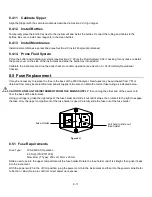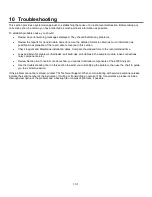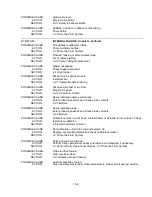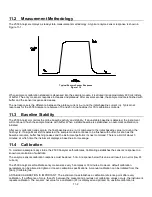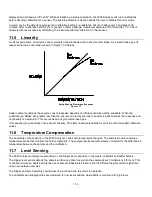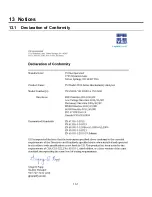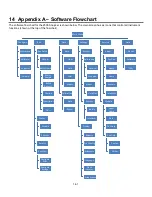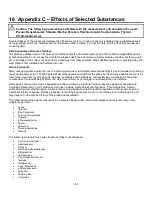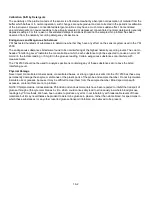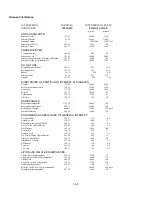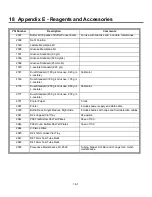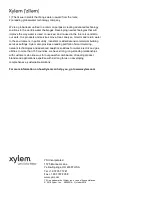
11-1
11 Principles of Operation
Enzyme Sensor Technology
11.1
The enzyme sensor technology of the 2500 Analyzer is based on the principles conceived by Dr. Leland Clark, formerly of
Children’s Hospital Foundation, Cincinnati, Ohio. The immobilized enzyme membrane was invented by YSI and is
covered by U.S. Patent 4,073,713. This sensor technology has been used successfully since 1975.
Sensor Probe and Enzyme Membrane
Figure 11-1
Each enzyme probe is fitted with a three-layer membrane containing immobilized enzyme in the middle layer. Figure 11-1
shows an exploded view of the membrane and its relationship to the face of the probe.
The face of the probe, covered by the membrane, is situated in a buffer-filled sample module into which a sample is
injected. Some of the substrate diffuses through the membrane. When it contacts the immobilized oxidase enzyme, it is
rapidly oxidized, producing hydrogen peroxide. See Reaction 1, using glucose as an example.
The hydrogen peroxide (H
2
O
2
) is, in turn, oxidized at the platinum anode, producing electrons (Reaction 2). A dynamic
equilibrium is achieved when the rate of H
2
O
2
production and the rate at which H
2
O
2
leaves the immobilized enzyme layer
are constant and is indicated by a steady state response (Figure 11-2). The electron flow is linearly proportional to the
steady state H
2
O
2
concentration and, therefore, to the concentration of the substrate.
REACTION 1 (glucose):
β
-D-glucose + O
2
GOx
Glucono-
δ
-lactone + H
2
O
2
REACTION 2: H
2
O
2
Pt anode
2H
+
+ O
2
+ 2e
-
The platinum electrode is held at an anodic potential and is capable of oxidizing many substances other than H
2
O
2
. To
prevent these reducing agents from contributing to sensor current, the membrane contains an inner layer consisting of a
very thin film of cellulose acetate. This film readily passes H
2
O
2
but excludes chemical compounds with molecular weights
above approximately 200.
The cellulose acetate film also protects the platinum surface from proteins, detergents, and other substances that could
foul it. However, the cellulose acetate film can be penetrated by such compounds as hydrogen sulfide, low molecular
weight reducing compounds, mercaptans, hydroxylamines, hydrazines, phenols and anilines.
Summary of Contents for YSI 2500
Page 1: ...USER MANUAL 525021 YSI 2500 Biochemistry Analyzer OPERATIONS AND MAINTENANCE MANUAL...
Page 34: ...5 11 8 The Stat sample results are displayed on the Run Stat tab Stat sample results...
Page 88: ...13 1 13 Notices Declaration of Conformity 13 1...
Page 96: ...17 1 17 Appendix D Line Power Cord and Plug Wiring United Kingdom United States Europe...





